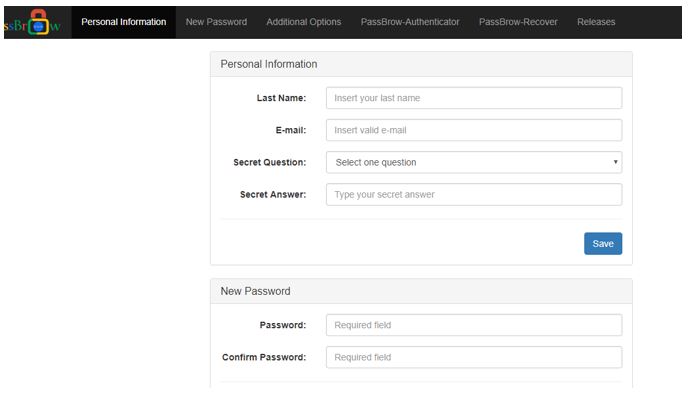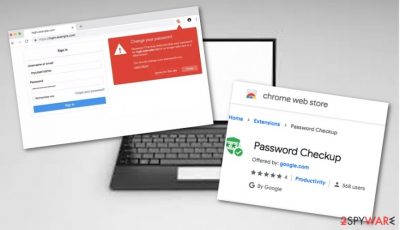

If you have a robots.txt file, it must allow the Googlebot agent to retrieve /.well-known/assetlinks.json. To declare the association in both websites, host the assetlinks.json at as well:Įnsure that your host permits Google to retrieve your Digital Asset Links file. This applies to redirects which return status codes in the 300-399 range.

The request for a DAL file must return an HTTP 200 OK status code, otherwise it will be treated as an error. The target field is an object that specifies the asset the declaration applies to. For sites to share sign-in credentials, specify the string delegate_permission/common.get_login_creds. The relation field is an array of one or more strings that describe the relationship between the sites. To declare that the website, for example share credentials with, create a file named assetlinks.json with the following content:

Enable the flag at chrome://flags#filling-across-affiliated-websites.To make a DAL association, developers need to put a JSON file that follows the DAL syntax at /.well-known/assetlinks.json on the respective domains. The Digital Asset Links is Google's technology that can be used for passwords, but it has no effect on handling cookies. However, while it allows for embeds from cross-site to be treated as the same party when the top-level domain is owned by the same organization, there's no plan to have any effect on handling passwords. There's a similar potential web platform feature called First-Party Sets. If you employ multiple domains that share the same account management backend (such as and ), starting in version 91, you can enable Chrome to suggest passwords saved to domains associated with Digital Asset Links. You can now also associate websites in a cross-site relationship to enable users to save their credentials once and have the password manager suggest them to any of the affiliated websites. Apps are associated with sites using Digital Asset Links (DALs). When a developer associates an Android app with a site that uses the same credentials, Chrome can suggest Android credentials on that site.For example, because and m. are the same-site, Chrome can share saved credentials between the two sites and suggest the saved password to another. When two sites are in the same-site relationship, Chrome will show autofill credentials for the other site if there's at least one credential saved on one site.Chrome's password manager already autofills credentials for sites with saved credentials, as well as in the following two cases:


 0 kommentar(er)
0 kommentar(er)
